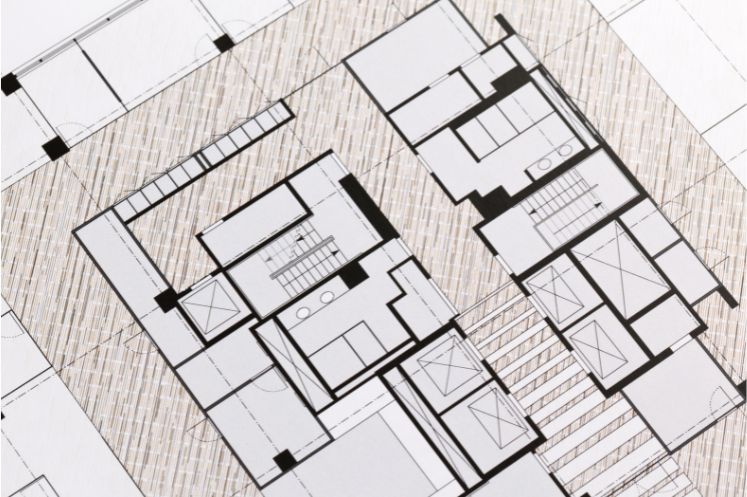The interior architecture is a discipline that combines creativity, functionality and aesthetics to transform common spaces into inspiring areas. It is more than just decoration; it is an art that reflects the personality and needs of those who inhabit or use those spaces. This article explores the essential aspects of interior architecture, from its definition and the role of the architect, to decoration styles and current trends.
What is interior architecture?
As distinct from interior design, interior architecture focuses on form and function. It combines technical expertise with an aesthetic sense to create environments that are not only visually appealing but also functional and safe. It involves considerations of building structure, spatial layout and material selection. Interior architecture has the power to influence how we feel and how we interact with our surroundings, making it an integral part of our daily lives.
Contact our architectural firm
The role of the interior architect
Interior architects are professionals who specialize in planning and designing interior spaces. Their work goes beyond choosing colors and furnishings; it is about understanding and manipulating spaces to meet the specific needs of their clients. This involves a thorough understanding of ergonomics, lighting, acoustics and building regulations. Interior architects work closely with clients and other professionals to create spaces that are not only functional but also aesthetically pleasing and sustainable.
Key skills for success in interior architecture
A successful interior architect needs a variety of skills. Creativity is essential to designing unique and customized spaces. Technical skills, such as knowledge of materials and construction, are critical to ensure that designs are both practical and possible. Communication skills are also crucial, as architects must work effectively with clients, contractors and other designers. In addition, the ability to problem solve and adapt to unforeseen changes is vital in this constantly evolving field.
Decoration styles in interior architecture
Interior architecture encompasses a wide range of styles, each with its own distinctive features.
-
Vegetable style
This style focuses on incorporating elements of nature into the interior design. The use of plants, water and natural materials creates a tranquil environment that is connected to the natural world. This style not only enhances the aesthetics of a space, but can also contribute to the health and well-being of its occupants.
-
Industrial style
The industrial style is inspired by the urban and raw, characterized by unfinished surfaces, metallic elements and a sense of spaciousness. This style often takes advantage of existing building structure, such as exposed brick or steel beams, to add a touch of authenticity and character.
-
Traditional style
This style is characterized by elegance and attention to detail. Classic furnishings, luxurious fabrics and a soft color palette are typical of the traditional style. Although it is based on designs of the past, it can be adapted to reflect a more contemporary feel.
Education and training in interior architecture
Training in interior architecture is crucial to developing the skills needed in this field. Academic programs range from undergraduate degrees to online courses. These programs typically range from basic design principles to more advanced aspects such as sustainability and technology in interior design. In addition, practical experience, such as internships or design projects, is invaluable for aspiring interior architects.
Future trends in interior architecture
Trends in interior architecture continue to evolve. Sustainability is becoming an increasingly important aspect, with a focus on eco-friendly materials and energy efficiency. Technology is also playing a key role, with the use of advanced software for visualization and design of spaces, as well as the integration of smart technologies in the home.
In conclusion, interior architecture is a vibrant and ever-changing field, full of opportunities to create spaces that are not only aesthetically appealing, but also improve people’s quality of life. With a combination of creativity, technical knowledge and passion for design, interior architects have the power to transform any space into a unique and functional place.


